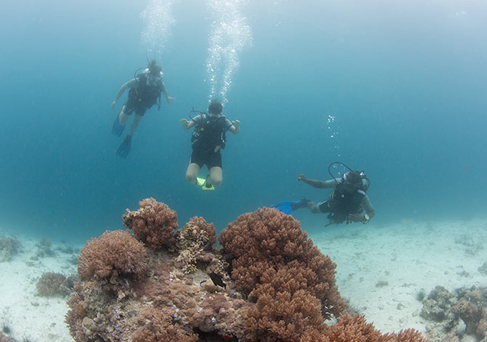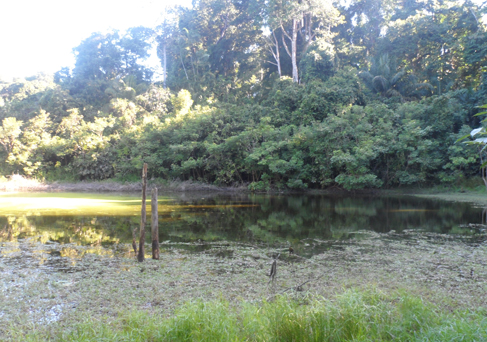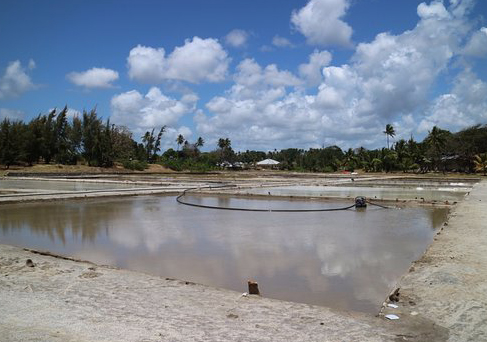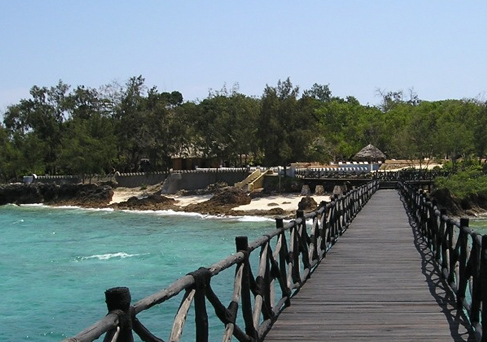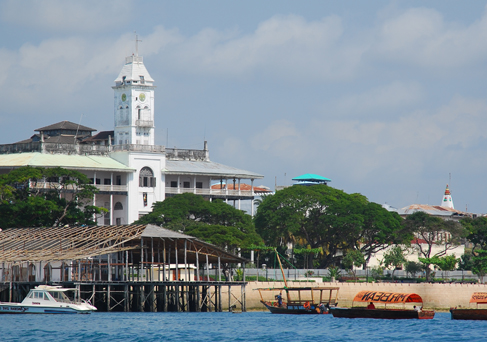Stone Town Zanzibar
Stone Town, also known as Mji Mkongwe (Swahili for “old town”), is the old part of Zanzibar City, the main city of Zanzibar, in Tanzania. (The newer portion of the city is known as Ng’ambo, Swahili for ‘the other side’). Stone Town is located on the western coast of Unguja, the main island of the Zanzibar Archipelago. Being a former capital of the Zanzibar Sultanate, and the flourishing centre of the spice trade as well as the slave trade in the 19th century, Stone Town retained its importance as the main city of Zanzibar during the period of the British protectorate.
When Tanganyika and Zanzibar joined each other to form the United Republic of Tanzania, Zanzibar kept a semi-autonomous status, with Stone Town as its local government seat. Stone Town is a city of prominent historical and artistic importance in East Africa. Its architecture, mostly dating back to the 19th century, reflects the diverse influences underlying the Swahili culture, giving a unique mixture of Arab, Persian, Indian and European elements. For this reason, the town was designated as a UNESCO World Heritage Site in 2000. Due to its heritage, Stone Town is also a major visitor attraction in Tanzania. A large part of its economy depends on tourism-related activities


